Tthe Swallowtail (Papilio machaon)

The swallowtail is BIG GAME, I always look for it though it has become extinct in Denmark, or maybe because of that. Sometimes migrating specimens are observed. So one day....
The Swallowtail is a powerfull flier and lives a migrating life. Many butterflies are rather local and stay in their place. Nymphaldae can often be seen resting and sunbathing at the same treetrunk or stone several days in a row.
Swallowtails are not like that. They follow lines ind the landscape: along a road, a cliffside or a river. With pitstops at flowers along their route the y fly fast and straight through the landscape. Some places, like at a group of nectar rich flowers close to a cliff or a hilltop there can be several swallowtails gathering.
Swallowtail,
Alsace, Keyserberg, 17. July 2006.

The Swallowtail is a typical Peridae and overwinters as a chrysalis. Dependant of the lenght of the summer it occurs in 1, 2 or 3 generations throughout the summer.
Swallowtail
Haute Saone, 15. July 2006.
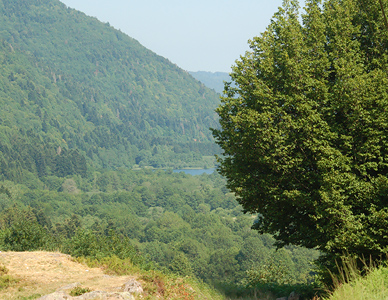
The caterpillar of the Swallowtail lives on a variety of Umbelliferae and certain species are preferred in certain areas.
To the left is a lake in France with a few Umbelliferae at the banks. Below a bucket of flowers on the Hilltop. The swallowtails flew along the lake banks and ended up at the flowers at the hilltop.
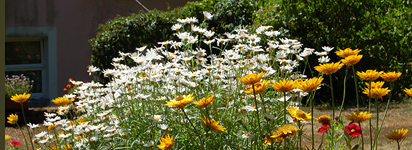
Swallowtail
"nectar source", Ronchamp, Haute
Saone, 16. July 2006.
Habitat,
Haute
Saone, 16. July 2006.
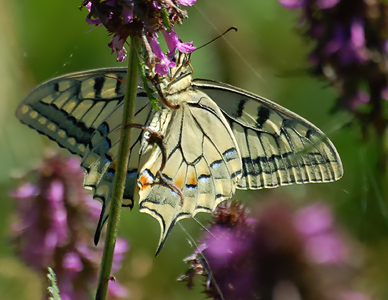
Swallowtails can be found everywhere where there are appropriate host plants, and that is excatly the problem: Natural Umbelliferae populations have always been scarce and spread over large areas, so the Swallowtails are adapted to fly long distances.
If the number of suitable Umbelliferae falls, and the distance between them becomes to far a few things can go wrong:
Swallowtail
Haute Saone, 16. July 2006.
.
Larval Hostplants
and Nectar Sources
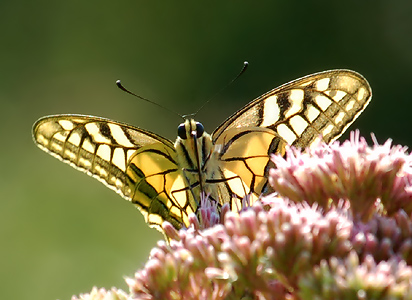
Swallowtail
Alsace, Keyserberg, 18. July 2006
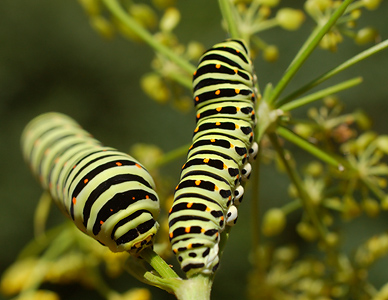
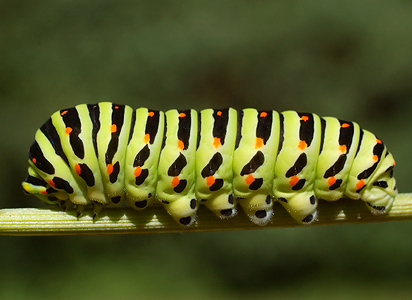
Swallowtail
caterpillar. Gotland,
Sweden, July 2006
Swallowtail
caterpillar. Gotland, Sweden, July 2006

As seen on the pictures the Caterpillar of the Swallowtail is very colourful and easy to find. It often sits in the top of the host plant.
The
mature caterpillar wanders away from the plant at hides under a leaf for
pupation.
Chrysalis
of Swallowtail, Gotland, Sweden, July 2006.
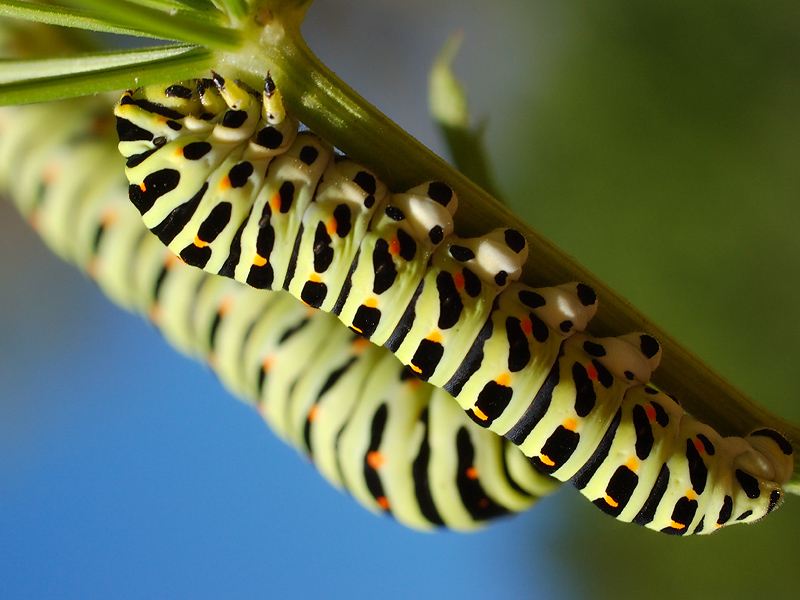
Swallowtail
caterpillar. Gotland,
Sweden, July 2006